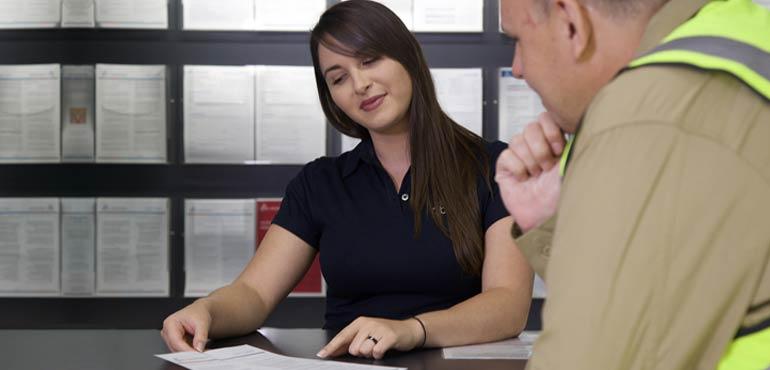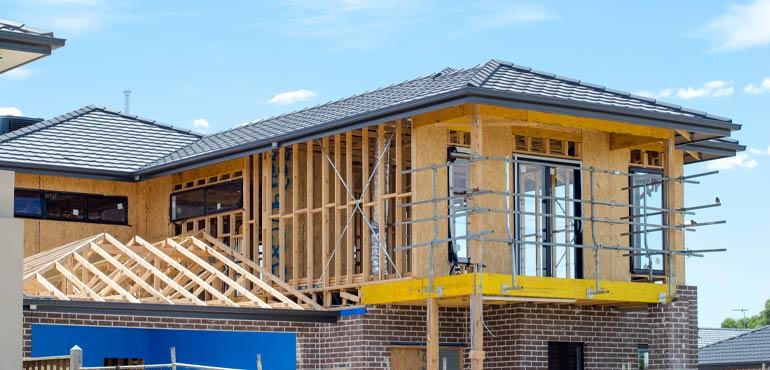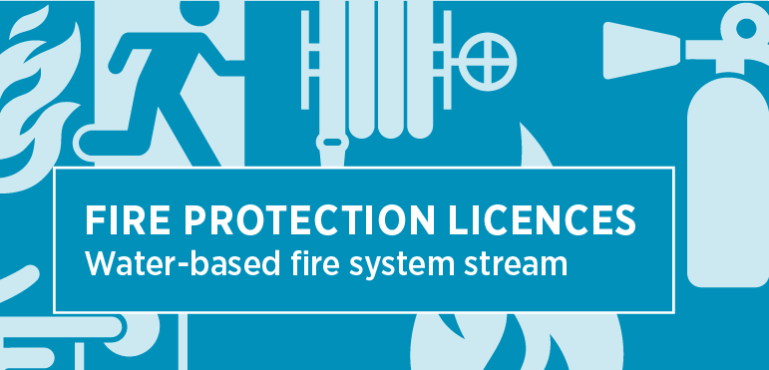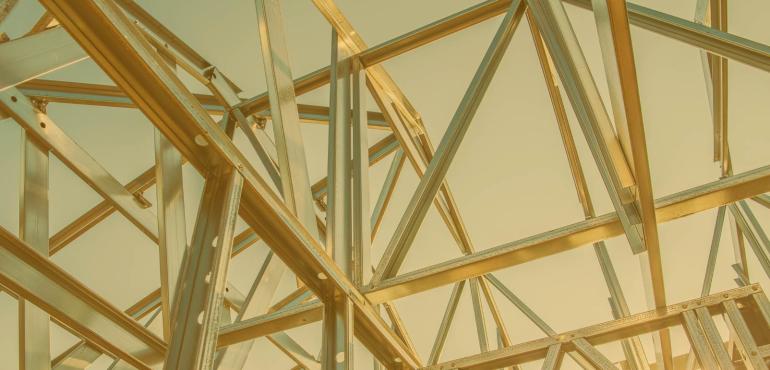Contractor or nominee supervisor—trade classes—licence application form
Occupational plumber & drainer—licence application form
Building Amendment Regulation 2022
Since the Building Regulation 2021 (BR 2021) commenced on 1 September 2021, additional amendments have been developed to respond to matters raised by industry and provide additional support and clarity for building certifiers.
The Building Amendment Regulation 2022 (Amendment Regulation) has now been approved.
The amendments extend existing professional indemnity insurance exemption arrangements for private building certifiers and clarify inspection requirements associated with stages of assessable building work.
Key changes
The BR 2021 continues to support the objectives of the Building Act 1975 and generally maintains the obligations and requirements in the BR 2006. The Amendment Regulation will make the following changes to the BR 2021.
Professional indemnity insurance
The exemption period that allows building certifiers to hold professional indemnity insurance with an exclusion relating to external cladding has been extended from 30 June 2022 to 30 June 2023.
The amendment will:
- extend the exemption period that allows private building certifiers to hold an external cladding related exclusion on their professional indemnity insurance policies for a further 12-months.
- give private building certifiers clarity on when their licences will be effective following the expiry of the exemption period on 30 June 2023.
- allow an exempted licence (issued on or before 30 June 2023) to continue to apply until the exempted licence expires. For example, if the private certifier holds an exempted licence that expires on 12 September 2023, the licence is current to that date. On renewal, the professional indemnity insurance required will be as prescribed in legislation.
Inspection requirements
Amendments to the BR 2021 have been made to clarify some of the inspection requirements for stages of assessable building work.
Amendments clarify who must inspect and approve stages of assessable building work for singledetached class 1a buildings and relevant class 10 buildings or structures.
The amendments clarify that for a single detached class 1a building or a relevant class 10 building or structure:
- the building certifier remains responsible for signing the certificate of inspection for the excavation, footings and/or slab and final stage
- for the excavation, footings and/or slab stages, the building certifier may rely on an aspect inspection certificate (from relevant competent persons) for each aspect of the stage to sign the certificate of inspection for the stage
- the building certifier is not required to personally inspect the excavation, footings and/or slab stages of inspection, provided the above conditions are met.
For single detached class 1a buildings, it remains a requirement for a competent person (for inspections) providing help for boundary clearance work to be a cadastral surveyor. For single detached class 1a buildings, a competent person providing inspection help for building work involving the reinforcement of footings system and formwork and reinforcement for a slab, must be a registered professional engineer.
The amendments also clarify that a building certifier must sign the certificate of inspection for the following stages of single detached class 1a and relevant class 10 buildings or structures:
- after the excavation of foundation material and before the concrete for the footings, or slab for the building or structure is poured
- if the building or structure is to have footings – after the placement of formwork and reinforcement for the footings but before the concrete for the footings is poured
- if the building or structure is to have a slab – after the placement of formwork and reinforcement for the slab but before the concrete for the slab is poured.
For relevant class 10 buildings or structures, the above requirements regarding the excavation, footings and slab stage inspections only apply where the assessing building certifier has specified the inspection as a requirement of their building development approval.
It remains a requirement for a building certifier also to sign the certificate of inspection for the final stage of work for both single detached class 1a buildings and class 10 buildings or structures.
More information
For more information on the new legislation, visit the Department of Energy and Public Works website.
For more building industry information, please visit the Business Queensland website.
Related enquiries
To provide feedback or any related enquiries, use our Feedback & Enquiries form or visit the Contact us page.
Historical licence classes—continuing
The following are continuing licence classes for existing licence holders only and cannot be issued or restored.
Builder restricted
- Building restricted to alterations and additions (PDF)
- Building restricted to building removal (PDF)
- Building restricted to external finishes (PDF)
- Building restricted to non structural renovations (PDF)
- Building restricted to renovations—wet areas (PDF)
- Building restricted to repairs and maintenance (PDF)
- Building restricted to renovations, repairs and maintenance (PDF)
- Builder restricted to swimming pool construction (PDF)
Fire protection
The following are continuing licence classes for existing licence holders only and cannot be issued or restored after 1 May 2021:
- Fire detection, alarm and warning systems (PDF)
- Fire detection, alarm and warning systems—occupational (PDF)
- Fire pumps (PDF)
- Fire pumps—occupational (PDF)
- Passive fire protection—fire and smoke walls and ceilings (PDF)
- Passive fire protection—fire and smoke walls and ceilings—occupational (PDF)
- Passive fire protection—fire collars, penetrations and joint sealing (PDF)
- Passive fire protection—fire collars, penetrations and joint sealing—occupational (PDF)
- Passive fire protection—fire doors and shutters (PDF)
- Passive fire protection—fire doors and shutters—occupational (PDF)
Trade
- Carpentry formwork (PDF)
- Carpentry restricted to framing (PDF)
- Carpentry restricted to lattice and other timber work (PDF)
- Concreting restricted to concrete repairs (PDF)
- Concreting restricted to light concreting (PDF)
- Concreting restricted to minor concrete work (PDF)
- Concreting restricted to special finishes (PDF)
- Floor finishing and covering restricted to install cork flooring (PDF)
- Floor finishing and covering restricted to floor sanding and finishes—timber floors (PDF)
- Floor finishing and covering restricted to install strip flooring (non-structural) (PDF)
- Floor finishing restricted to install parquetry flooring (PDF)
- Floor finishing and covering restricted to seamless flooring (PDF)
- Painting restricted to roof painting (PDF)
- Painting restricted to special finishes (PDF)
- Plastering drywall restricted to cornice fixing (PDF)
- Plastering drywall restricted to partition installation (PDF)
- Plastering drywall restricted to plaster setting (PDF)
- Plastering drywall restricted to suspended ceiling fixing (PDF)
- Plastering drywall restricted to wall board fixing (PDF)
- Plumbing and draining restricted to plumbing (PDF)
- Plumbing and draining restricted to skylight and ventilator installation (PDF)
- Plumbing and draining restricted to tanks—water supply (PDF)
- Plumbing and draining restricted to wall cladding (PDF)
- Refrigeration, air conditioning & mechanical services restricted to multi-packaged residential air conditioning equipment & plant (PDF)
- Refrigeration, air conditioning & mechanical services restricted to residential evaporative cooling equipment (PDF)
- Refrigeration, air conditioning & mechanical services restricted to self-contained window package residential installation (PDF)
- Roof tiling restricted to roof tile maintenance (PDF)
- Specialised contracting—solid fuel heater installation (PDF)
- Specialised contracting—screw in foundations (PDF)
- Structural landscaping restricted to fences (PDF)
- Structural landscaping restricted to retaining walls (PDF)
- Swimming pool and spa construction restricted to finishes (PDF)
Building designer licensing requirements
Building confidence
The building and construction industry is one of Queensland’s most important sectors.
The Queensland Building and Construction Commission (QBCC) supports Queenslanders by:
- providing Australian-leading insurance that helps to safeguard building work
- helping make sure builders are licensed, work is done to standard and any defects are rectified
- helping protect the building and construction industry from unscrupulous contractors
- working to help tradies get paid.
For licensees
- Protecting your payments
- Options for resolving payment disputes
- Adjudication
- Monies owed complaint
- Preventing and handling disputes
- Home warranty insurance obligations
For home owners
Scope of work changes are coming for fire protection licence class
On 10 December 2021, amendments were made by the Queensland Government to the Queensland Building and Construction Commission Regulation 2018 which will reduce scope of work for the fire protection–water-based system–install and maintain–commercial and industry licence class.
The amendments were made to the scope of work to match the qualifications and endorsements held by a licensee. For example, the amendment will ensure that a person who performs work on fire sprinkler systems must hold a licence that has appropriate qualifications or endorsements for this work.
From 31 March 2022, the scope of work for the above class will be restricted unless the licensee holds a relevant Plumbing and Drainage Act 2018 (PD Act) licence or other prescribed qualification.
The current scope of work for the fire protection–water-based system–install and maintain–commercial and industry includes:
- install and maintain commercial and industrial fire sprinkler systems install and maintain fire hydrant systems, with or without pumps
- install and maintain fire hose reels, with or without pumps
- install fire collars if the installation is incidental to the above work.
For licensees who cannot demonstrate they hold the relevant PD Act licence or prescribed qualifications by 31 March 2022, the scope of work for this class will be limited to:
- install and maintain fire hydrant systems, with or without pumps
- install and maintain fire hose reels, with or without pumps
- install fire collars if the installation is incidental to the above work.
From 31 March 2022, licensees must ensure they only carry out work within their scope that applies to them.
Do I need to act to retain my scope of work?
It’s important to consider that a PD Act licence is required to personally perform or supervise regulated plumbing work, including the installation and maintenance of water-based fire protection systems.
To help licensees and consumers to identify which scope of work applies, the QBCC will note licence scope restrictions on the licensee register.
No further action will be required by licensees who already hold the PD Act licence unless otherwise contacted by the QBCC directly.
Licensees who transitioned to this class from the former Part 26 Sprinkler and suppression systems (reticulated water-based)—install and maintain—restricted to commercial or industrial type licence, are not affected by these changes, and will also retain a full scope of work.
What do I need to do to retain my scope of work?
To retain the full scope of work from 31 March 2022, licence class holders must demonstrate that they hold at least one of the following:
Relevant Plumbing and Drainage Act 2018 licences
- current restricted water plumber—fire protection (commercial and industrial) licence
- current plumbers licence with a fire protection – commercial and industrial endorsement
- current provisional plumbers licence with a fire protection – commercial and industrial endorsement.
Prescribed qualifications
- Certificate III in Fire Protection (CPC32813)
- a technical qualification currently prescribed for the part 26 fire protection—water-based fire system stream—install and maintain—restricted to commercial and industrial types licence. This can be a Certificate III in Fire Protection (CPC32820), including the below units of competency:
- Conduct basic functional testing of water-based fire-suppression systems CPCPFS3040
- Conduct functional water flow testing CPCPFS3043
- Read and interpret plans and specifications CPCCBC4012
- Carry out work-based risk control processes CPCPCM4011
- Estimate and cost work CPCPCM4012
- Prepare simple drawings CPCPCM3024
- Establish legal and risk management requirements of new business ventures BSBESB402
- Plan finances for new business ventures BSBESB403
- Research and develop business plans BSBESB401
- Commission fire system pumpsets CPCPFS4023
- Commission fire sprinkler systems CPCPFS4027.
For company licensees, the scope of work for company licence will be the same as the scope that applies to their nominee.
Licensees who continue the full scope of work on the basis they hold the prescribed technical qualifications, should provide a copy of the prescribed qualification to the QBCC as soon as possible (unless the qualification was provided after 1 May 2021, in which case this does not apply).
Visit the fire protection resources page of the QBCC website for the relevant application forms. If you have any questions about this change, call us on 139 333.
Mechanical Services licensing regulatory guide
Licensed contractors a must this storm season
With storm season here the building industry regulator is reminding Queenslanders to always use licensed contractors for repairs.
The Queensland Building and Construction Commission (QBCC) is warning residents not to risk their homes when it comes to repairing any damage as a result of storms or natural disasters.
QBCC Commissioner Richard Cassidy said sometimes unlicensed contractors took advantage of people who needed homes repaired but did not want to wait for insurance claims.
“It’s really not worth it. The last thing you need is unfinished work that isn’t done by a licensed contractor and not to standard,” he said.
“Our QBCC-licensed contractors have the required qualifications and knowledge of the work they are licensed to carry out and this makes them the only choice to help you rebuild after a severe weather event or disaster.
“Anyone who’s operating without a licence is not only breaking the law but putting the safety of Queenslanders at risk.
“This is why the QBCC’s licensing system is so important as it ensures licensed trades have the right qualifications to carry out the work they are contracted to do.”
Mr Cassidy said following recent flooding in South-East Queensland the QBCC was assisting the recovery effort in Inglewood, Darling Downs.
“We have a presence at the Inglewood Recovery Hub to share essential QBCC information such as licensing registers and provide advice on mould awareness, asbestos management and plumbing impacts after flooding, among other things,” he said.
Mr Cassidy reminded home owners to ensure any work was accompanied by a written contract, that they are not pressured into signing anything without fully understanding it and know who they are contracting with.
You can access a free licence check on the QBCC website to confirm if a person is appropriately licensed
There is also a free find a local contractor search to help consumers locate a local, licensed and skilled tradesperson.
Further information and factsheets on rebuilding after a natural disaster are available on the QBCC website.
Pagination
- Previous page
- Page 3
- Next page




